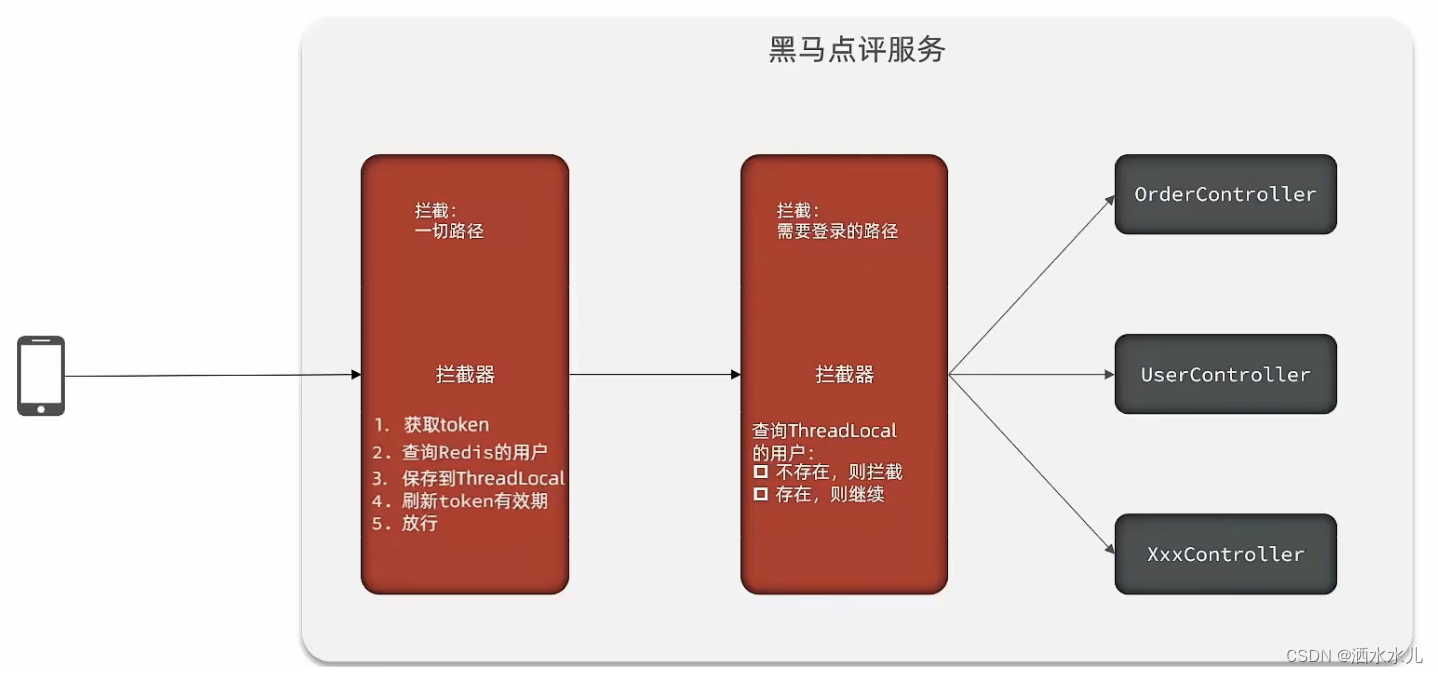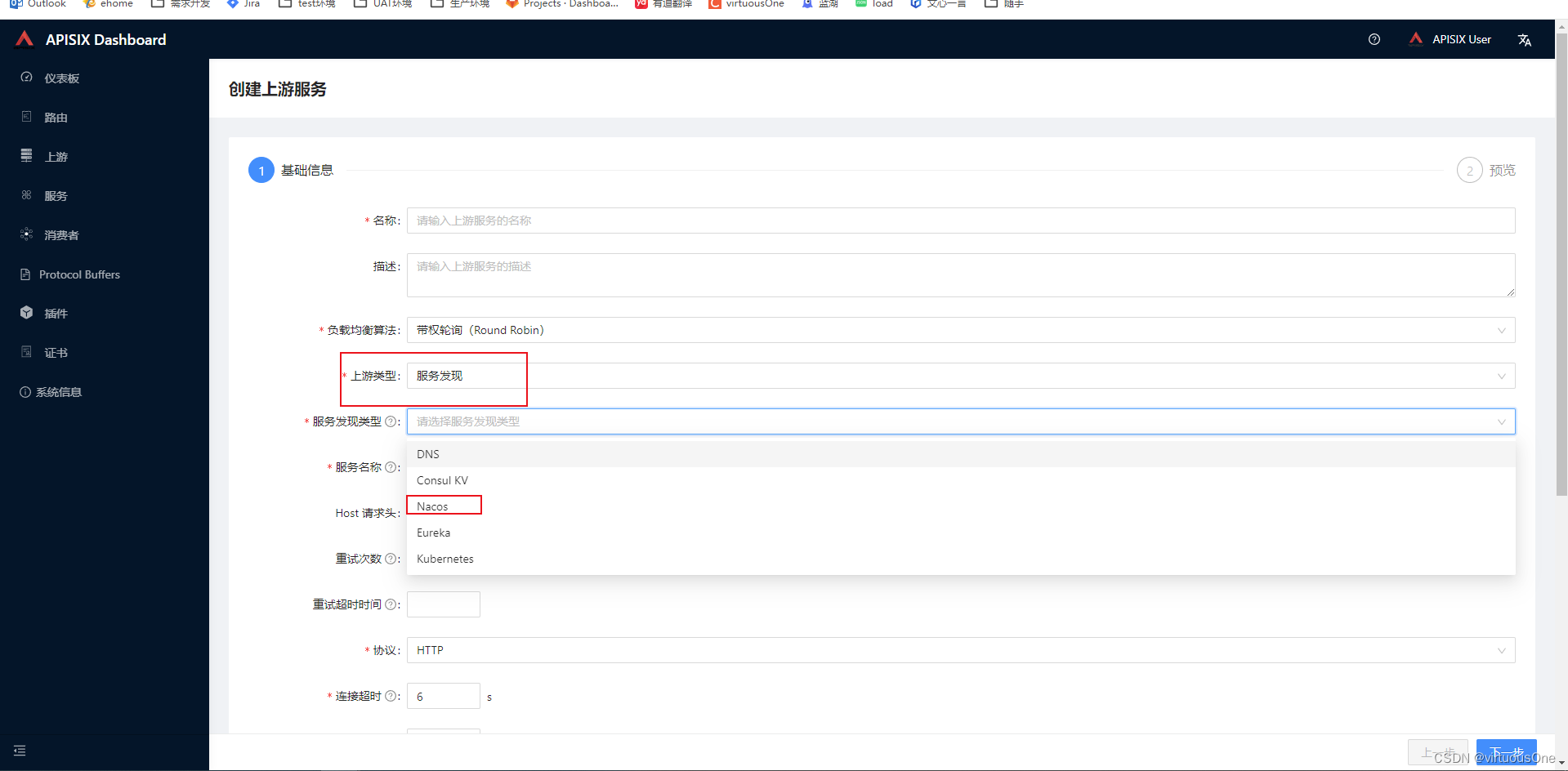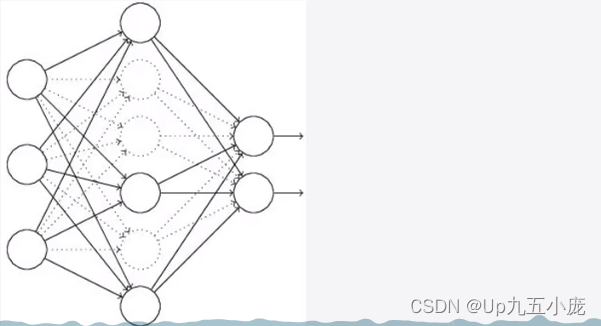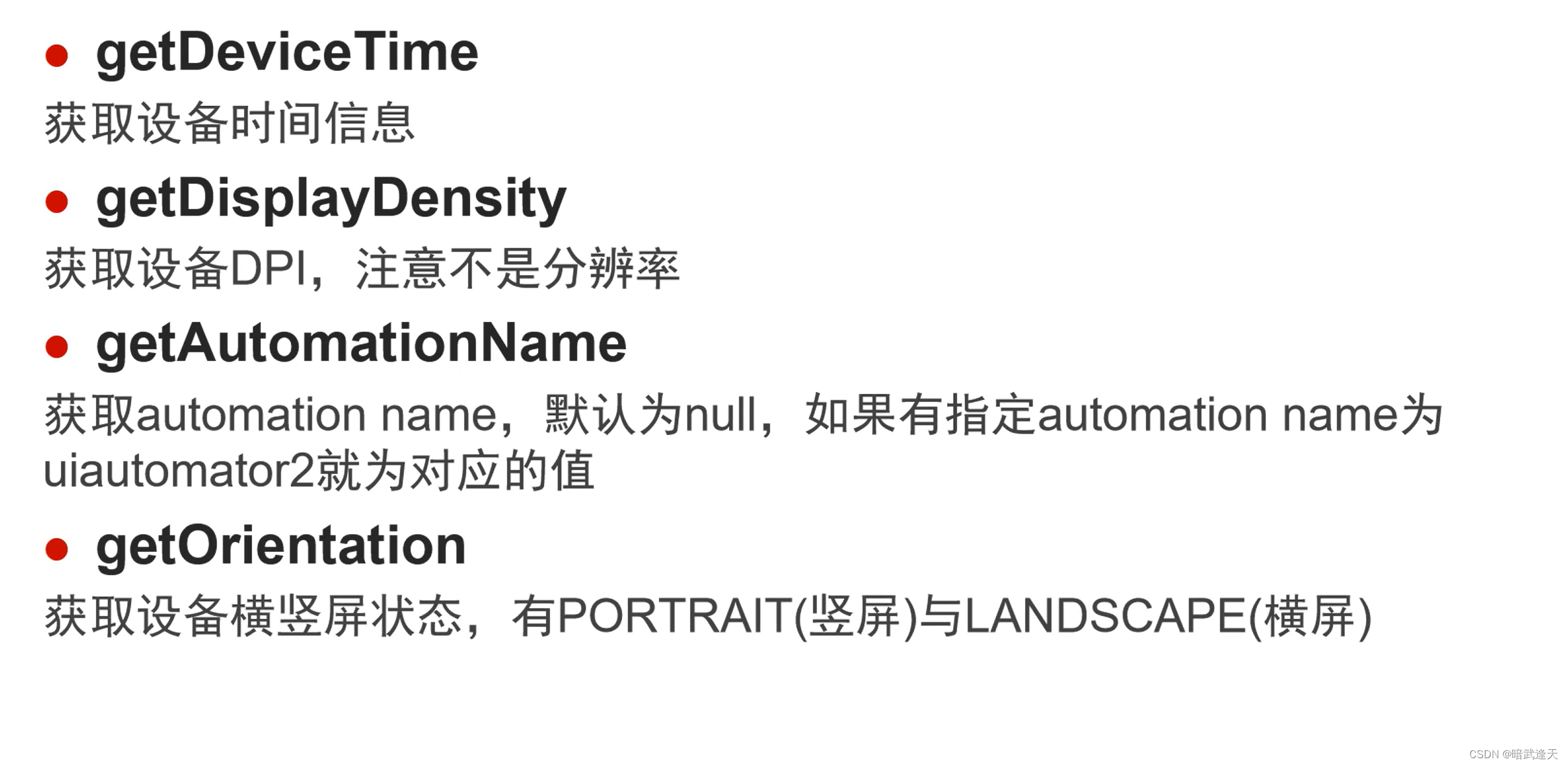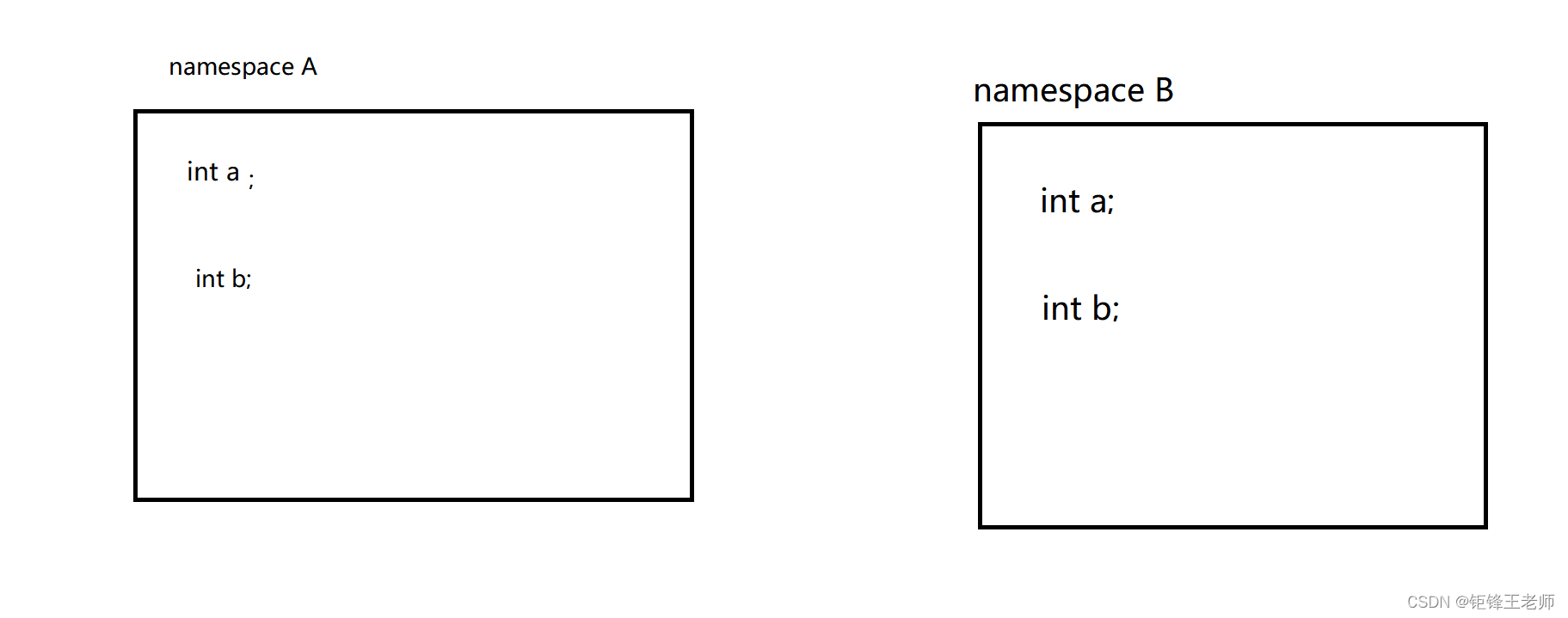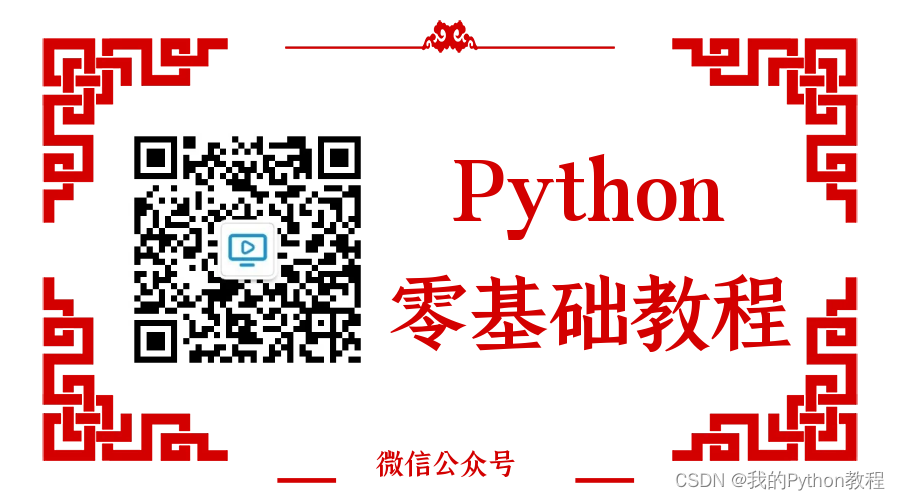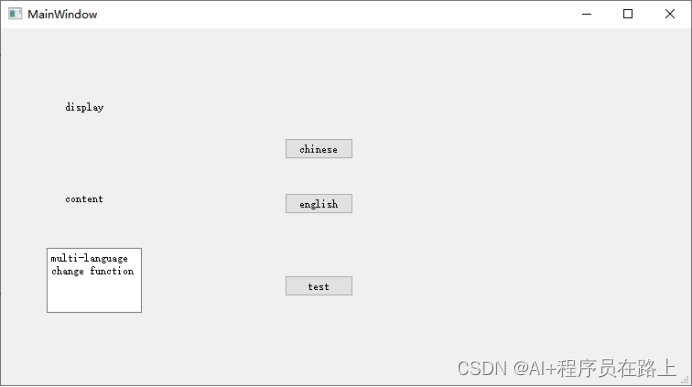文章目录
- Mybatis是什么?
- 一、快速入门(基于Mybatis3方式)
- 二、MyBatis基本使用
- 2.1 向SQL语句传参
- 2.1.1 mybatis日志输出配置
- 2.1.2 #{}形式
- 2.1.3 ${}形式
- 2.2 数据输入
- 2.2.1 Mybatis总体机制概括
- 2.2.2 概念说明
- 2.2.3 单个简单类型参数
- 2.2.4 实体类类型参数
- 2.2.5 多个简单类型数据
- 2.2.6 Map类型参数
- 2.3 数据输出
- 2.3.1 返回单个简单类型
- 2.3.2 返回实体类对象
- 2.3.3 返回Map类型
- 2.3.4 返回List类型
- 2.3.5 返回主键值
- 2.3.6 实体类属性和数据库字段对应关系
- 2.4 CRUD强化练习
- 2.5 mapperXML标签总结
- 总结
Mybatis是什么?
官网 文档
MyBatis 是一款优秀的持久层框架,MyBatis 可以通过简单的 XML 或注解来配置和映射原始类型、接口和 Java POJO(Plain Old Java Objects,普通老式 Java 对象)为数据库中的记录。
开发效率:Hibernate>Mybatis>JDBC
运行效率:JDBC>Mybatis>Hibernate
一、快速入门(基于Mybatis3方式)
- 数据库
CREATE DATABASE `mybatis-example`;USE `mybatis-example`;CREATE TABLE `t_emp`(emp_id INT AUTO_INCREMENT,emp_name CHAR(100),emp_salary DOUBLE(10,5),PRIMARY KEY(emp_id)
);INSERT INTO `t_emp`(emp_name,emp_salary) VALUES("tom",200.33);
INSERT INTO `t_emp`(emp_name,emp_salary) VALUES("jerry",666.66);
INSERT INTO `t_emp`(emp_name,emp_salary) VALUES("andy",777.77);
- 项目的搭建 准备
- 项目搭建

- 依赖导入
<dependencies><!-- mybatis依赖 --><dependency><groupId>org.mybatis</groupId><artifactId>mybatis</artifactId><version>3.5.11</version></dependency><!-- MySQL驱动 mybatis底层依赖jdbc驱动实现,本次不需要导入连接池,mybatis自带! --><dependency><groupId>mysql</groupId><artifactId>mysql-connector-java</artifactId><version>8.0.25</version></dependency><!--junit5测试--><dependency><groupId>org.junit.jupiter</groupId><artifactId>junit-jupiter-api</artifactId><version>5.3.1</version></dependency>
</dependencies>
- 实体类
public class Employee {private Integer empId;private String empName;private Double empSalary;......set/get
- Mapper接口与MapperXML文件
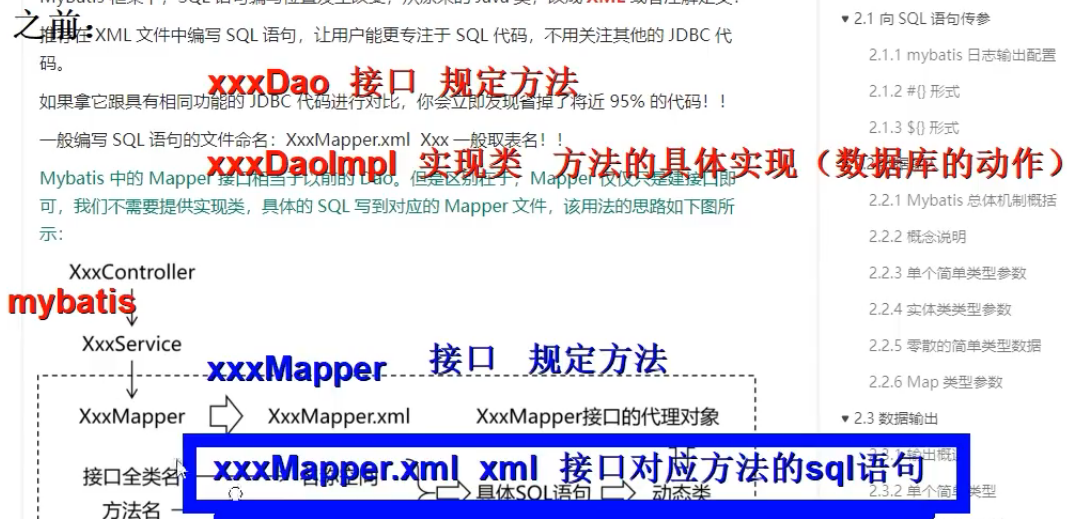
- 定义Mapper接口
/*** @Description: dao层接口*/
public interface EmployeeMapper {/*** 根据ID查找员工信息* @param id* @return*/Employee queryById(Integer id);/*** 根据ID删除对应员工* @param id* @return*/int deleteById(Integer id);
}
- 定义Mapper xml
<?xml version="1.0" encoding="UTF-8" ?>
<!DOCTYPE mapperPUBLIC "-//mybatis.org//DTD Mapper 3.0//EN""https://mybatis.org/dtd/mybatis-3-mapper.dtd">
<!-- namespace等于mapper接口类的全限定名,这样实现对应 -->
<mapper namespace="com.wake.mapper.EmployeeMapper"><!-- 查询使用 select标签id = 方法名resultType = 返回值类型标签内编写SQL语句--><select id="queryById" resultType="com.wake.pojo.Employee"><!-- #{id}代表动态传入的参数,并且进行赋值!... -->select emp_id empId,emp_name empName, emp_salary empSalary fromt_emp where emp_id = #{id}</select><delete id="deleteById">delete from t_emp where emp_id = #{id}</delete>
</mapper>
- 准备Mybatis配置文件
<?xml version="1.0" encoding="UTF-8" ?>
<!DOCTYPE configurationPUBLIC "-//mybatis.org//DTD Config 3.0//EN""http://mybatis.org/dtd/mybatis-3-config.dtd">
<configuration><!-- environments表示配置Mybatis的开发环境,可以配置多个环境,在众多具体环境中,使用default属性指定实际运行时使用的环境。default属性的取值是environment标签的id属性的值。 --><environments default="development"><!-- environment表示配置Mybatis的一个具体的环境 --><environment id="development"><!-- Mybatis的内置的事务管理器 --><transactionManager type="JDBC"/><!-- 配置数据源 --><dataSource type="POOLED"><!-- 建立数据库连接的具体信息 --><property name="driver" value="com.mysql.cj.jdbc.Driver"/><property name="url" value="jdbc:mysql://localhost:3306/mybatis-example"/><property name="username" value="root"/><property name="password" value="root"/></dataSource></environment></environments><mappers><!-- Mapper注册:指定Mybatis映射文件的具体位置 --><!-- mapper标签:配置一个具体的Mapper映射文件 --><!-- resource属性:指定Mapper映射文件的实际存储位置,这里需要使用一个以类路径根目录为基准的相对路径 --><!-- 对Maven工程的目录结构来说,resources目录下的内容会直接放入类路径,所以这里我们可以以resources目录为基准 --><mapper resource="mappers/EmployeeMapper.xml"/></mappers></configuration>
- 运行 测试
public class MybatisTest {@Testpublic void test_01() throws IOException {// 1. 读取外部配置文件(mybatis-config.xml)InputStream ips = Resources.getResourceAsStream("mybatis-config.xml");// 2. 创建 SqlSessionFactorySqlSessionFactory sessionFactory = new SqlSessionFactoryBuilder().build(ips);// 3. 根据sqlSessionFactory 创建 sqlSession (每次业务创建一个,用完就释放SqlSession session = sessionFactory.openSession();// 4. 获取接口的代理对象(代理技术) 调用代理对象的方法,就会查找Mapper接口的方法//jdk动态代理技术生成的mapper代理对象EmployeeMapper mapper = session.getMapper(EmployeeMapper.class);// 内部拼接接口的全限定符号.方法名 去查找sql语句标签// 拼接 类的全限定符号.方法名 整合参数 -> ibatis对应的方法传入参数// mybatis底层依赖调用ibatis只不过有固定的模式!Employee employee = mapper.queryById(1);System.out.println(employee);// 4.提交事务(非DQL)和释放资源session.commit(); //提交事务 [DQL不需要,其他需要]session.close(); //关闭会话}
}

说明:
SqlSession:代表Java程序和数据库之间的会话。- (HttpSession是Java程序和浏览器之间的会话)
SqlSessionFactory:是“生产”SqlSession的“工厂”。- 工厂模式:如果创建某一个对象,使用的过程基本固定,那么我们就可以把创建这个对象的相关代码封装到一个“工厂类”中,以后都使用这个工厂类来“生产”我们需要的对象。
SqlSession和HttpSession区别:
- HttpSession:工作在Web服务器上,属于表述层。
- 代表浏览器和Web服务器之间的会话。
- SqlSession:不依赖Web服务器,属于持久化层。
- 代表Java程序和数据库之间的会话。
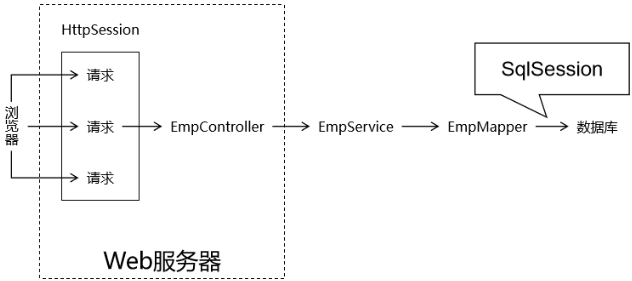
二、MyBatis基本使用
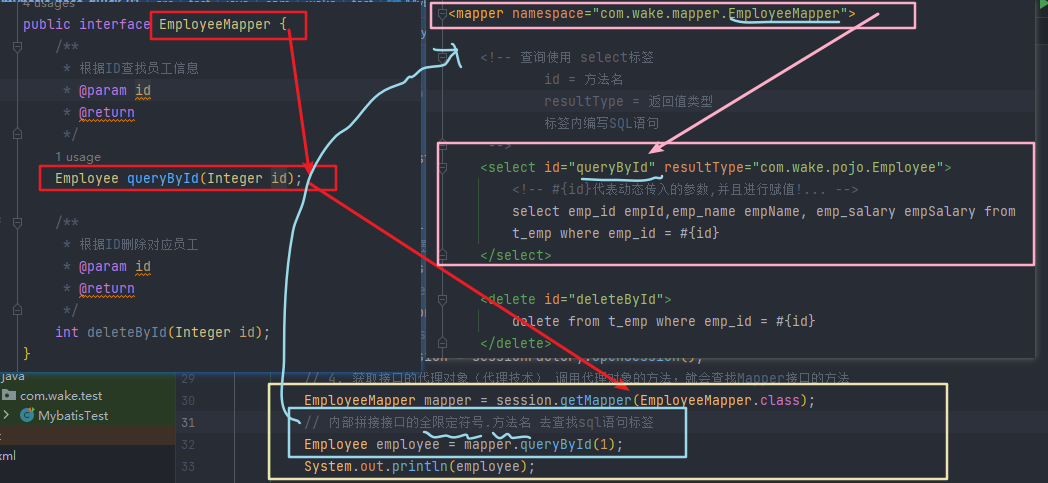
2.1 向SQL语句传参
2.1.1 mybatis日志输出配置
Mybatis 3 配置
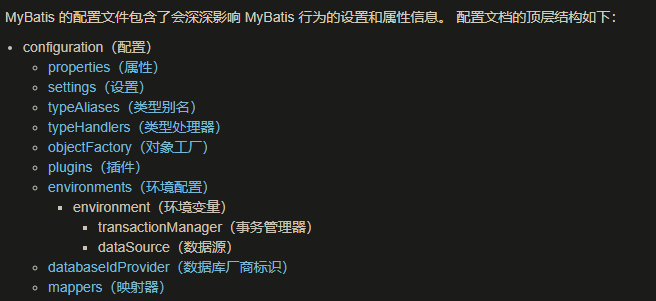
我们可以在mybatis的配置文件使用settings标签设置,输出运过程SQL日志!
通过查看日志,我们可以判定#{} 和 ${}的输出效果!
settings设置项:
| logImpl | 指定 MyBatis 所用日志的具体实现,未指定时将自动查找。 | SLF4J | LOG4J(3.5.9 起废弃) | LOG4J2 | JDK_LOGGING | COMMONS_LOGGING | STDOUT_LOGGING | NO_LOGGING | 未设置 |
|---|
日志配置:
<settings><setting name="logImpl" value="STDOUT_LOGGING"/></settings>
开启日志后 测试:
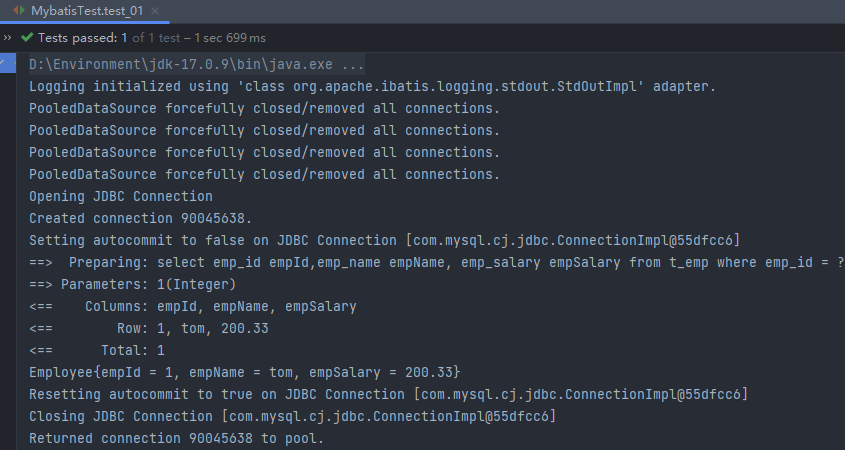
2.1.2 #{}形式
Mybatis会将SQL语句中的#{}转换为问号占位符。

使用这个防止【注入式攻击】
2.1.3 ${}形式
${}形式传参,底层Mybatis做的是字符串拼接操作。
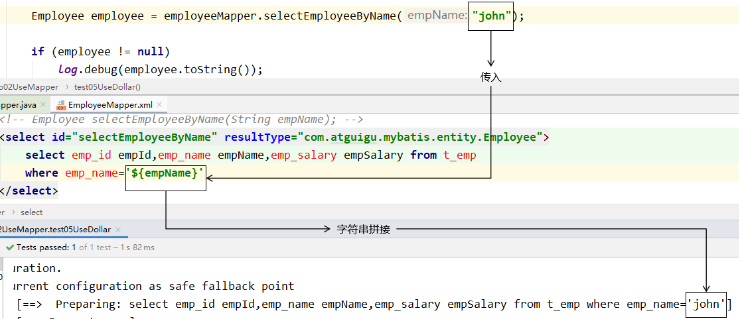
结论:实际开发中,能用#{}实现的,肯定不用${}。
特殊情况: 动态的不是值,是列名或者关键字,需要使用${}拼接
//注解方式传入参数!!
@Select("select * from user where ${column} = #{value}")
User findByColumn(@Param("column") String column, @Param("value") String value);
一个特定的适用场景是:通过Java程序动态生成数据库表,表名部分需要Java程序通过参数传入;而JDBC对于表名部分是不能使用问号占位符的,此时只能使用
2.2 数据输入

Mapper接口中 不允许 重载方法
2.2.1 Mybatis总体机制概括
2.2.2 概念说明
这里数据输入具体是指上层方法(例如Service方法)调用Mapper接口时,数据传入的形式。
- 简单类型:只包含一个值的数据类型
- 基本数据类型:int、byte、short、double、……
- 基本数据类型的包装类型:Integer、Character、Double、……
- 字符串类型:String
- 复杂类型:包含多个值的数据类型
- 实体类类型:Employee、Department、……
- 集合类型:List、Set、Map、……
- 数组类型:int[]、String[]、……
- 复合类型:List<Employee>、实体类中包含集合……
2.2.3 单个简单类型参数

Mapper接口中抽象方法的声明:
/*** 根据ID 查询对应员工信息* @param id* @return*/Employee selectEmpById(Integer id);/*** 根据薪资查找员工信息* @param salary* @return*/List<Employee> selectEmpBySalary(Double salary);/*** 根据ID 删除员工对象* @param id* @return*/int deleteEmpById(Integer id);
SQL语句:
<select id="selectEmpById" resultType="com.wake.pojo.Employee">select emp_id empId , emp_name empName , emp_Salary empSalary fromt_emp where emp_id = #{id};</select><select id="selectEmpBySalary" resultType="com.wake.pojo.Employee">select emp_id empId , emp_name empName , emp_Salary empSalary fromt_emp where emp_salary = #{salary};</select><!-- 传入简单类型 key值 随便写 因为只有一个,一般情况写参数名 --><delete id="deleteEmpById">delete from t_emp where emp_id = #{id};</delete>
2.2.4 实体类类型参数
Mapper接口中抽象方法的声明:
/*** 插入一条员工信息* @param employee* @return*/int insertEmp(Employee employee);
SQL语句:
<!-- 传入实体类 key 等于 属性名 --><insert id="insertEmp">insert into t_emp (emp_name,emp_salary) values(#{empName},#{empSalary})</insert>
2.2.5 多个简单类型数据
Mapper接口中抽象方法的声明:
/*** 根据名字与薪资 查找员工* @param name* @param salary* @return*/Employee selectEmpByNameAndSalary(@Param("empName") String name, @Param("salary") Double salary);/*** 根据ID 修改名字* @param id* @return*/int updateNameById(String name,Integer id);
SQL语句:
<!-- 多个简单参数接口中使用注解@Paramormapper.xml中 用[arg1, arg0, param1, param2]指代 (arg要查找的值 , param是要修改的值)--><select id="selectEmpByNameAndSalary" resultType="com.wake.pojo.Employee">select emp_id empId , emp_name empName , emp_Salary empSalary fromt_emp where emp_name = #{empName} and emp_salary = #{salary};</select><update id="updateNameById">update t_emp set emp_name = #{param1} where emp_id = #{arg1};</update>
2.2.6 Map类型参数
Mapper接口中抽象方法的声明:
/*** 传入map员工对象数据* @param data* @return*/int insertEmpMap(Map data);
SQL语句:
<!-- 传入map的数据 使用的是map的key值 key = map key --><insert id="insertEmpMap">insert into t_emp (emp_name,emp_salary) values(#{name},#{salary})</insert>
2.3 数据输出
数据输出总体上有两种形式:
- 增删改操作返回的受影响行数:直接使用 int 或 long 类型接收即可
- 查询操作的查询结果
2.3.1 返回单个简单类型
返回单个简单类型如何指定 : resultType的写法,用返回值类型。
resultType的语法:
-
- 类的全限定符号
-
- 别名简称
- 指定查询的输出数据类型即可!并且插入场景下,实现主键数据回显示!
- 类型别名(typeAliases)

-
- 自定义类型名字
- 在 mybatis-config.xml 中全局设置:
<!-- 单个类单独定义别名 , 之后resultType 使用“自己设置的名字” --><typeAliases><typeAlias type="com.wake.pojo.Employee" alias="自己设置名字"/></typeAliases><!-- 批量修改 --><typeAliases><!-- 批量将包下的类 设置别名都为首字母小写 --><package name="com.wake.pojo"/></typeAliases><!-- 批量后 想单独设置单个类 使用注解单个类 --><!-- @Alias("666") -->
2.3.2 返回实体类对象
resultType: 返回值类型
<select id="queryEmpById" resultType="employee">select *from t_empwhere emp_Id = #{empId};</select>
要求:
查询,返回单个实体类型,要求 列名 和 属性名 要一致 !
这样才可以进行实体类的属性映射。
mybatis 可以开启属性列名的自动映射:
在 mybatis-config.xml中设置:
<!-- true开启驼峰命名自动映射,即从经典数据库列名 A_COLUMN 映射到经典 Java 属性名 aColumn。--><setting name="mapUnderscoreToCamelCase" value="true"/>

2.3.3 返回Map类型
- 接口:
Map<String,Object> selectEmpNameAndMaxSalary();
- sql xml
<!-- Map<String,Object> selectEmpNameAndMaxSalary(); -->
<!-- 返回工资最高的员工的姓名和他的工资 -->
<select id="selectEmpNameAndMaxSalary" resultType="map">SELECTemp_name 员工姓名,emp_salary 员工工资,(SELECT AVG(emp_salary) FROM t_emp) 部门平均工资FROM t_emp WHERE emp_salary=(SELECT MAX(emp_salary) FROM t_emp)
</select>
- junit测试
@Testpublic void mybatisTest01() throws IOException {// 1.读取配置文件InputStream ips = Resources.getResourceAsStream("Mybatis-Config.xml");// 2. 创建sqlSession 数据库连接工厂SqlSessionFactory sqlSessionFactory = new SqlSessionFactoryBuilder().build(ips);// 3. 开启sqlSession 数据库连接SqlSession sqlSession = sqlSessionFactory.openSession();// 4. 确定mapper对象EmployeeMapper employeeMapper = sqlSession.getMapper(EmployeeMapper.class);// 5. 执行mapper方法Map<String, Object> stringObjectMap =employeeMapper.selectEmpNameAndMaxSalary();Set<Map.Entry<String, Object>> entries =stringObjectMap.entrySet();for (Map.Entry<String, Object> entry : entries) {String key = entry.getKey();Object value = entry.getValue();System.out.println(key + "---" + value);}sqlSession.close();}
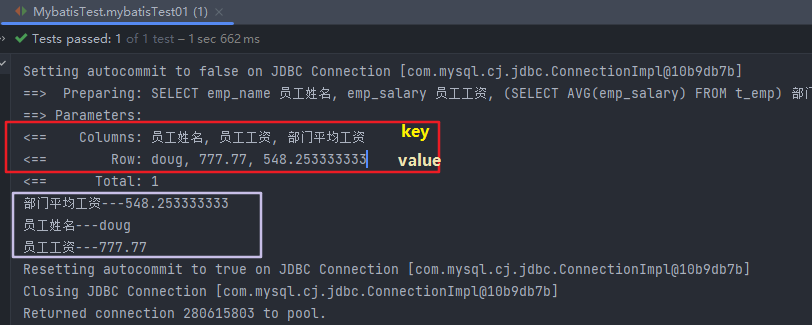
2.3.4 返回List类型
返回值是集合,resultType不需要指定集合类型,只需要指定泛型即可。
因为
mybatis -> ibatis -> selectOne 单个 | selectList 集合 -> selectOne 调用[selectList]
- 接口
/*** 查询全部员工对象* @return*/List<Employee> selectAll();
- mapper.xml
<!-- List<Employee> selectAll(); --><select id="selectAll" resultType="employee">select emp_id empId,emp_name empName,emp_salary empSalaryfrom t_emp</select>
- 测试
@Testpublic void mybatisTest01() throws IOException {// 1.读取配置文件InputStream ips = Resources.getResourceAsStream("Mybatis-Config.xml");// 2. 创建sqlSession 数据库连接工厂SqlSessionFactory sqlSessionFactory = new SqlSessionFactoryBuilder().build(ips);// 3. 开启sqlSession 数据库连接SqlSession sqlSession = sqlSessionFactory.openSession();// 4. 确定mapper对象EmployeeMapper employeeMapper = sqlSession.getMapper(EmployeeMapper.class);// 5. 执行mapper方法List<Employee> employees = employeeMapper.selectAll();for (Employee employee : employees) {System.out.println(employee);}sqlSession.close();}
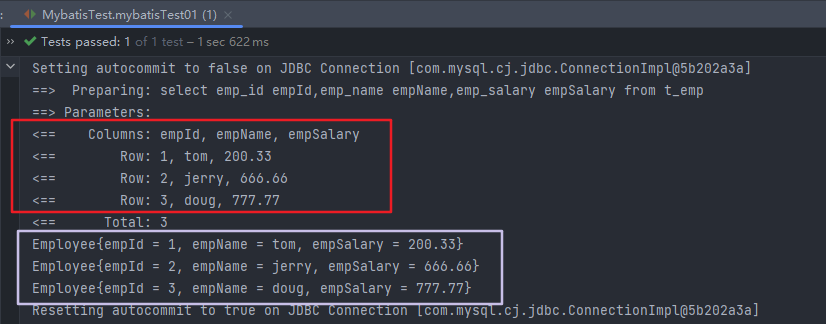
2.3.5 返回主键值
1. 自增长类型主键
- 接口
/*** 插入一条员工信息* @param employee* @return*/int insertEmp(Employee employee);
- xml
<insert id="insertEmp">insert into t_emp(emp_Name,emp_salary)values(#{empName},#{empSalary});</insert>
- 测试
@Testpublic void mybatisTest01() throws IOException {// 1.读取配置文件InputStream ips = Resources.getResourceAsStream("Mybatis-Config.xml");// 2. 创建sqlSession 数据库连接工厂SqlSessionFactory sqlSessionFactory = new SqlSessionFactoryBuilder().build(ips);// 3. 开启sqlSession 数据库连接【自动开启JDBC】// 自动开启事务SqlSession sqlSession = sqlSessionFactory.openSession();// 4. 执行代理对象EmployeeMapper employeeMapper = sqlSession.getMapper(EmployeeMapper.class);// 5. 执行mapper方法Employee e1 = new Employee();e1.setEmpName("亚伦");e1.setEmpSalary(147.6);int i = employeeMapper.insertEmp(e1);System.out.println(i);// 6. 释放资源 和 提交事务sqlSession.commit();sqlSession.close();}

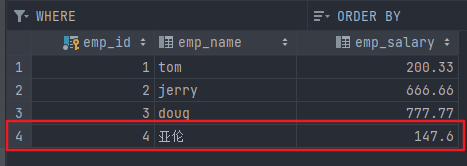
主键回显:
- xml
<!--useGeneratedKeys="true" : 开启获取数据库主键值keyColumn="emp_id" : 主键列的值keyProperty="empId" : 接收主键列值的属性--><insert id="insertEmp" useGeneratedKeys="true" keyColumn="emp_id" keyProperty="empId">insert into t_emp(emp_Name,emp_salary)values(#{empName},#{empSalary});</insert>
- 测试:
@Testpublic void mybatisTest01() throws IOException {// 1.读取配置文件InputStream ips = Resources.getResourceAsStream("Mybatis-Config.xml");// 2. 创建sqlSession 数据库连接工厂SqlSessionFactory sqlSessionFactory = new SqlSessionFactoryBuilder().build(ips);// 3. 开启sqlSession 数据库连接【自动开启JDBC】// 自动开启事务SqlSession sqlSession = sqlSessionFactory.openSession(true);// 4. 执行代理对象EmployeeMapper employeeMapper = sqlSession.getMapper(EmployeeMapper.class);// 5. 执行mapper方法Employee e1 = new Employee();e1.setEmpName("内尔");e1.setEmpSalary(258.9);// 提交前 主键值System.out.println("前:"+e1.getEmpId());System.out.println("=============================");int i = employeeMapper.insertEmp(e1);System.out.println(i);// 提交后 主键值System.out.println("后:"+e1.getEmpId());// 6. 释放资源 和 提交事务//sqlSession.commit();sqlSession.close();}
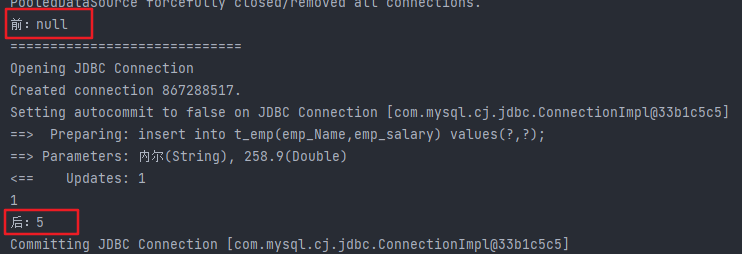

2. 非自增长类型主键
新创建一个 表(不添加自动更新索引)
手动添加UUID
create TABLE teacher(t_id VARCHAR(64) PRIMARY KEY,t_name VARCHAR(20)
)
- mapper接口
int insertTeacher(Teacher teacher);
- xml
<mapper namespace="com.wake.mapper.TeacherMapper"><insert id="insertTeacher"><!--order="BEFORE|AFTER" 确定是在插入语句执行前还是后执行resultType="" 返回值类型keyProperty="" 查询结果是给哪个属性--><selectKey order="BEFORE" resultType="string" keyProperty="tId">select replace(UUID(),"-","");</selectKey>insert into teacher(t_id,t_name) values(#{tId},#{tName});</insert>
</mapper>
- 测试
@Testpublic void mybatisTest02() throws IOException {// 1.读取配置文件InputStream ips = Resources.getResourceAsStream("Mybatis-Config.xml");// 2. 创建sqlSession 数据库连接工厂SqlSessionFactory sqlSessionFactory = new SqlSessionFactoryBuilder().build(ips);// 3. 开启sqlSession 数据库连接【自动开启JDBC】// 自动开启事务SqlSession sqlSession = sqlSessionFactory.openSession(true);// 4. 执行代理对象TeacherMapper teacherMapper = sqlSession.getMapper(TeacherMapper.class);// 5. 执行mapper方法Teacher teacher = new Teacher();teacher.setTName("维克");// 使用mybatis 在xml中定义uuid//String uuid = UUID.randomUUID().toString().replace("-", "");//teacher.setTId(uuid);System.out.println("UUID BEFORE:"+teacher.getTId());int i = teacherMapper.insertTeacher(teacher);System.out.println("UUID AFTER:"+teacher.getTId());System.out.println(i);// 6. 释放资源 和 提交事务//sqlSession.commit();sqlSession.close();}
- 结果:

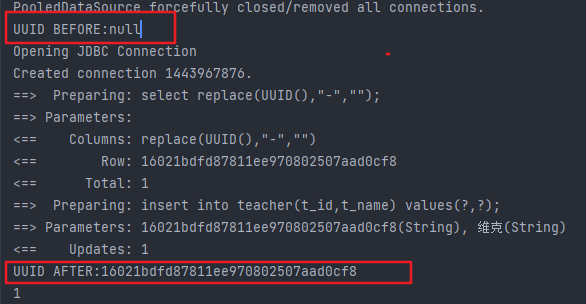
2.3.6 实体类属性和数据库字段对应关系
- 别名对应
将字段的别名设置成和实体类属性一致。
<!-- 编写具体的SQL语句,使用id属性唯一的标记一条SQL语句 -->
<!-- resultType属性:指定封装查询结果的Java实体类的全类名 -->
<select id="selectEmployee" resultType="com.doug.mybatis.entity.Employee"><!-- Mybatis负责把SQL语句中的#{}部分替换成“?”占位符 --><!-- 给每一个字段设置一个别名,让别名和Java实体类中属性名一致 -->select emp_id empId,emp_name empName,emp_salary empSalary from t_emp where emp_id=#{maomi}</select>
- 全局配置自动识别驼峰式命名规则
在Mybatis全局配置文件加入如下配置:
<!-- 使用settings对Mybatis全局进行设置 -->
<settings><!-- 将xxx_xxx这样的列名自动映射到xxXxx这样驼峰式命名的属性名 --><setting name="mapUnderscoreToCamelCase" value="true"/></settings>
就可以不使用别名:
<!-- Employee selectEmployee(Integer empId); -->
<select id="selectEmployee" resultType="com.doug.mybatis.entity.Employee">select emp_id,emp_name,emp_salary from t_emp where emp_id=#{empId}</select>
- 使用resultMap
使用resultMap标签定义对应关系,再在后面的SQL语句中引用这个对应关系
<!-- 专门声明一个resultMap设定column到property之间的对应关系 -->
<resultMap id="selectEmployeeByRMResultMap" type="com.doug.mybatis.entity.Employee"><!-- 使用id标签设置主键列和主键属性之间的对应关系 --><!-- column属性用于指定字段名;property属性用于指定Java实体类属性名 --><id column="emp_id" property="empId"/><!-- 使用result标签设置普通字段和Java实体类属性之间的关系 --><result column="emp_name" property="empName"/><result column="emp_salary" property="empSalary"/></resultMap><!-- Employee selectEmployeeByRM(Integer empId); -->
<select id="selectEmployeeByRM" resultMap="selectEmployeeByRMResultMap">select emp_id,emp_name,emp_salary from t_emp where emp_id=#{empId}</select>
2.4 CRUD强化练习
- 数据库准备
CREATE TABLE `user` (`id` INT(11) NOT NULL AUTO_INCREMENT,`username` VARCHAR(50) NOT NULL,`password` VARCHAR(50) NOT NULL,PRIMARY KEY (`id`)
) ENGINE=INNODB AUTO_INCREMENT=1 DEFAULT CHARSET=utf8;
- 实体类准备
public class User {private int id;private String username;private String password;
- 接口Mapper
public interface UserMapper {/*** 增加* @param user* @return*/int insert(User user);/*** 修改* @param user* @return*/int update(User user);/*** 删除* @param id* @return*/int delete(Integer id);/*** 根据ID查询一条User数据* @param id* @return*/User selectById(Integer id);/*** 查询全部数据* @return*/List<User> selectAll();
}- Mapper.xml
<mapper namespace="com.wake.mapper.UserMapper"><insert id="insert">insert into user(username,password) values(#{username},#{password});</insert><update id="update">update user set username = #{username},password = #{password} where id = #{id};</update><delete id="delete">delete from user where id = #{id};</delete><select id="selectById" resultType="user">select id,username,password from user where id = #{id};</select><select id="selectAll" resultType="user">select * from user;</select>
</mapper>
- 测试
@Testpublic void insert01() throws IOException {InputStream ips = Resources.getResourceAsStream("Mybatis-Config.xml");SqlSessionFactory sqlSessionFactory = new SqlSessionFactoryBuilder().build(ips);SqlSession sqlSession = sqlSessionFactory.openSession();UserMapper userMapper = sqlSession.getMapper(UserMapper.class);User user = new User();user.setUsername("knell");user.setPassword("999");int insert = userMapper.insert(user);System.out.println(insert);sqlSession.commit();sqlSession.close();}@Testpublic void delete02() throws IOException {InputStream ips = Resources.getResourceAsStream("Mybatis-Config.xml");SqlSessionFactory sqlSessionFactory = new SqlSessionFactoryBuilder().build(ips);SqlSession sqlSession = sqlSessionFactory.openSession();UserMapper userMapper = sqlSession.getMapper(UserMapper.class);int delete = userMapper.delete(3);System.out.println(delete);sqlSession.commit();sqlSession.close();}@Testpublic void update03() throws IOException {InputStream ips = Resources.getResourceAsStream("Mybatis-Config.xml");SqlSessionFactory sqlSessionFactory = new SqlSessionFactoryBuilder().build(ips);SqlSession sqlSession = sqlSessionFactory.openSession();UserMapper userMapper = sqlSession.getMapper(UserMapper.class);User user = userMapper.selectById(4);user.setUsername("测试");user.setPassword("123456");int update = userMapper.update(user);System.out.println(update);sqlSession.commit();sqlSession.close();}@Testpublic void selectById04() throws IOException {InputStream ips = Resources.getResourceAsStream("Mybatis-Config.xml");SqlSessionFactory sqlSessionFactory = new SqlSessionFactoryBuilder().build(ips);SqlSession sqlSession = sqlSessionFactory.openSession();UserMapper userMapper = sqlSession.getMapper(UserMapper.class);User user = userMapper.selectById(1);System.out.println(user);sqlSession.commit();sqlSession.close();}@Testpublic void selectAll05() throws IOException {InputStream ips = Resources.getResourceAsStream("Mybatis-Config.xml");SqlSessionFactory sqlSessionFactory = new SqlSessionFactoryBuilder().build(ips);SqlSession sqlSession = sqlSessionFactory.openSession();UserMapper userMapper = sqlSession.getMapper(UserMapper.class);List<User> users = userMapper.selectAll();System.out.println(users);sqlSession.commit();sqlSession.close();}

注意更新要先根据ID查找出对象数据
2.5 mapperXML标签总结
insert– 映射插入语句。update– 映射更新语句。delete– 映射删除语句。select– 映射查询语句。
| 属性 | 描述 |
|---|---|
id | 在命名空间中唯一的标识符,可以被用来引用这条语句。 |
resultType | 期望从这条语句中返回结果的类全限定名或别名。 注意,如果返回的是集合,那应该设置为集合包含的类型,而不是集合本身的类型。 resultType 和 resultMap 之间只能同时使用一个。 |
resultMap | 对外部 resultMap 的命名引用。结果映射是 MyBatis 最强大的特性,如果你对其理解透彻,许多复杂的映射问题都能迎刃而解。 resultType 和 resultMap 之间只能同时使用一个。 |
timeout | 这个设置是在抛出异常之前,驱动程序等待数据库返回请求结果的秒数。默认值为未设置(unset)(依赖数据库驱动)。 |
statementType | 可选 STATEMENT,PREPARED 或 CALLABLE。这会让 MyBatis 分别使用 Statement,PreparedStatement 或 CallableStatement,默认值:PREPARED。 |
总结
Mybatis操作流程:

ibatis 和 Mybatis :

Mybatis 文档:
Mybatis 中文官网
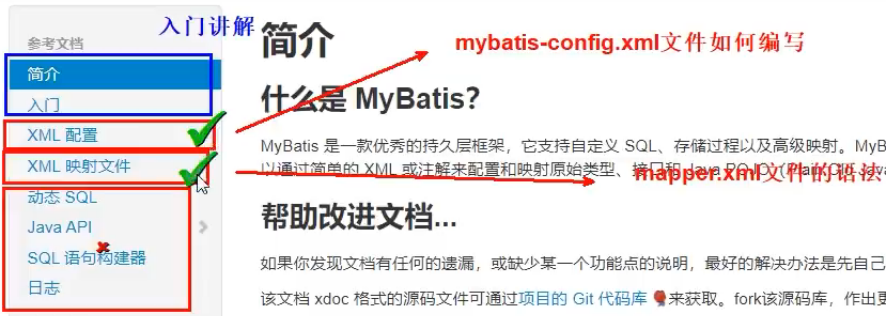
类型的别名:
| 别名 | 映射的类型 |
|---|---|
| _byte | byte |
| _char (since 3.5.10) | char |
| _character (since 3.5.10) | char |
| _long | long |
| _short | short |
| _int | int |
| _integer | int |
| _double | double |
| _float | float |
| _boolean | boolean |
| string | String |
| byte | Byte |
| char (since 3.5.10) | Character |
| character (since 3.5.10) | Character |
| long | Long |
| short | Short |
| int | Integer |
| integer | Integer |
| double | Double |
| float | Float |
| boolean | Boolean |
| date | Date |
| decimal | BigDecimal |
| bigdecimal | BigDecimal |
| biginteger | BigInteger |
| object | Object |
| object[] | Object[] |
| map | Map |
| hashmap | HashMap |
| list | List |
| arraylist | ArrayList |
| collection | Collection |



![Sqli-labs靶场第19关详解[Sqli-labs-less-19]自动化注入-SQLmap工具注入](https://img-blog.csdnimg.cn/direct/b8b5350609474fb6b9fd413c076cfad3.png)


